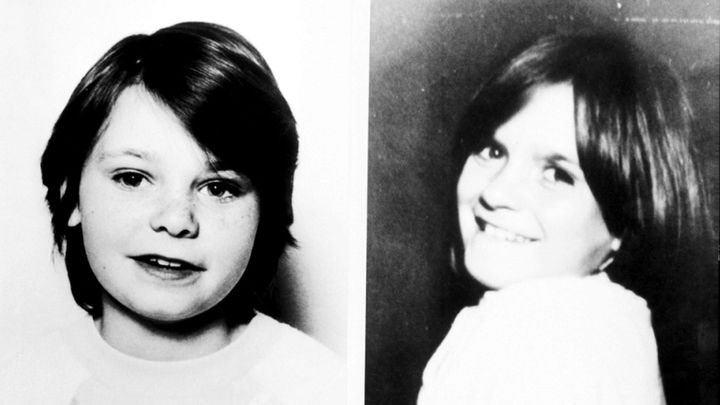
A convicted paedophile has been found guilty of murdering two schoolgirls 32 years ago.
Russell Bishop was just 20 when he molested and strangled nine-year-olds Nicola Fellows and Karen Hadaway.
The girls’ bodies were found in a woodland den in Wild Park, Brighton, on October 10 1986.
Bishop was initially found not guilty of the killings following a trial at Lewes Crown Court in 1987.
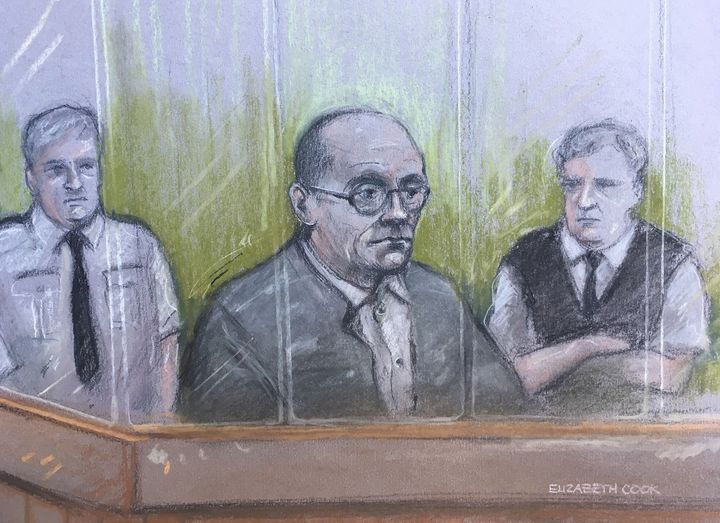
Less than three years later, he went on to kidnap, molest and throttle a seven-year-old girl, leaving her for dead at Devils Dyke on the edge of the Sussex seaside city.
While serving life for attempted murder, Bishop, now 52, was ordered to face a fresh trial under the double jeopardy law, in light of a DNA breakthrough.
A Pinto sweatshirt discarded on Bishop’s route home was linked to the defendant by DNA while fibre, paint and ivy transfers placed it at the scene.
Tests on a sample from Karen’s left forearm also revealed a “one-in-a-billion” DNA match to Bishop.
The case, dubbed Babes in the Woods, shocked the nation in 1986 and blighted the tight-knit community of Moulsecoomb, on the edge of the South Downs in Brighton.
It is believed to be the oldest double jeopardy case and Sussex Police’s longest-running murder inquiry.
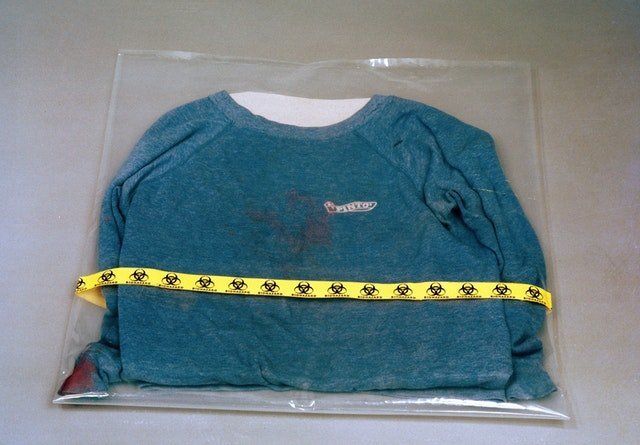
The girls’ families gasped and wept in court as the jury delivered its verdict after just two and a half hours of deliberation on Tuesday.
Nicola was a very friendly, outgoing girl who would speak her mind, while Karen was sensible, but could also be cheeky, according to their parents.
Both were afraid of the dark and Nicola’s father had banned her from playing in Wild Park, even saying the “bogeyman” lived there, the court heard.
At around dusk on October 9 1986, Bishop spotted the girls playing in the park near their home and seized his opportunity, the prosecution said.
During the attack, he punched Nicola in the face, to “subdue” or “punish” her for being disrespectful to his teenage girlfriend earlier that day, Brian Altman QC suggested.
The prosecutor pointed out Bishop’s violent nature, saying he slapped his partner Jennie Johnson when she was pregnant with their second child.
The day after the killings, Bishop joined the desperate search for the children, claiming his dog Misty was a trained tracker.
He was nearby when two 18-year-olds spotted the bodies and rushed ahead of a police officer.
Afterwards, he gave conflicting accounts to police and produced a series of fake alibis, including a “wild man” of the woods and his drug dealer.
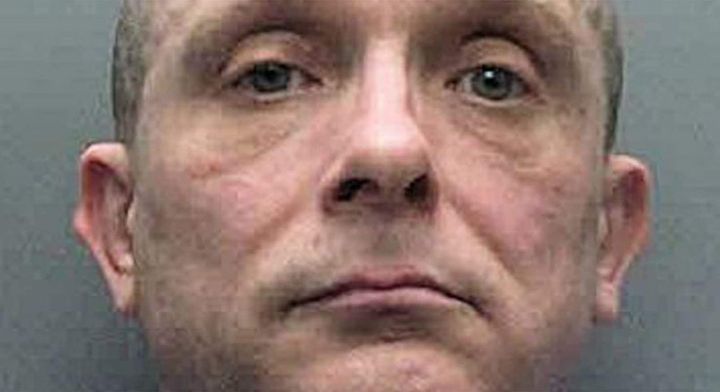
He described details of the murder scene which only the killer could have known, including foam around the mouth of one of the girls, the court heard.
In the original trial, the prosecution said the girls must have been killed before 6.30pm, by which time Bishop had been seen heading home on foot and the girls were spotted outside a fish and chip shop.
But in the retrial, jurors heard the time of death could have been later and Bishop simply doubled back to intercept the children, both of whom he knew.
Bishop tailored his defence to the new forensic evidence, claiming he touched the girls to feel for a pulse, even though the 18-year-olds insisted he never got near.
The former roofer denied murder but admitted attacking the girl in 1990 claiming it was because he was angry and wanted to “shame and belittle” her.
Acting on instructions, his defence team cast suspicion on Nicola’s father, Barrie Fellows, suggesting police spent 32 years investigating the wrong man.
During the two-month trial Fellows, 69, had been reduced to tears over the claims against him.
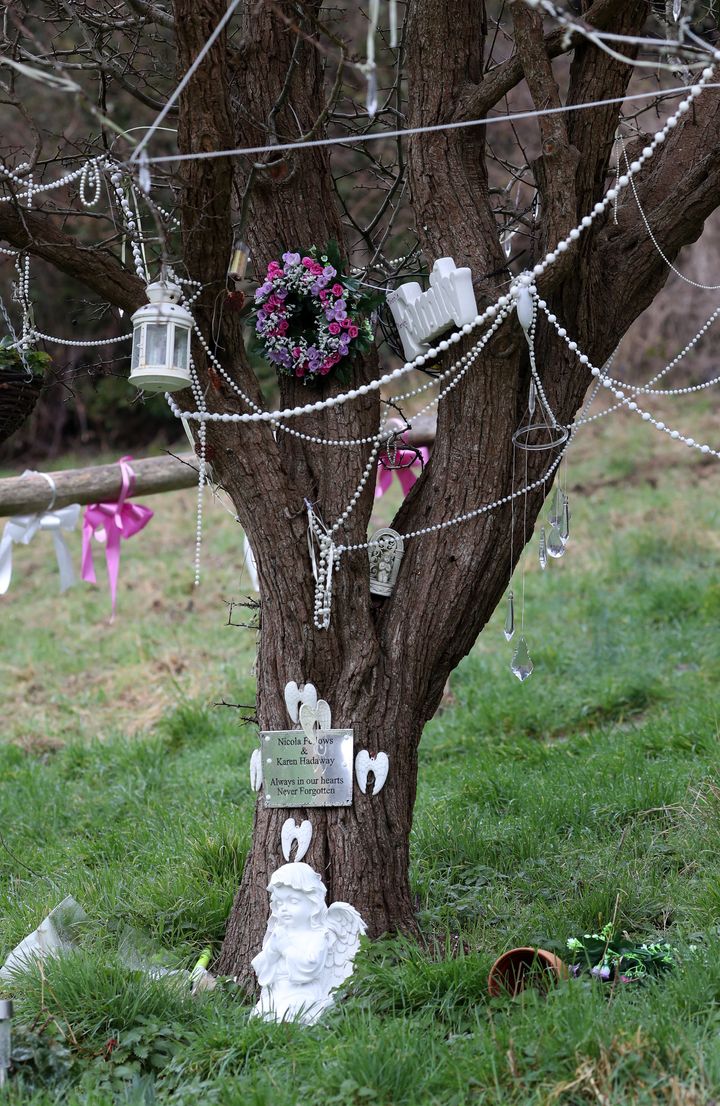
Bishop’s defence also cast doubt on the forensic evidence, suggesting it could have been contaminated.
In his 1987 trial, Johnson denied the blue Pinto belonged to her partner in the witness box, having previous identified it.
In light of the guilty verdict, Sussex Police has refused to rule out investigation her for perjury charges 31 years later.
While Bishop refused to attend court for the verdict, mothers Michelle Hadaway, 61, and Susan Fellows, 69, sat through harrowing evidence for a second time.
Karen’s heartbroken father Lee Hadaway died without seeing his daughter’s killer brought to justice.
Nigel Pilkington, of Crown Prosecution Service South East, said Bishop was an “extremely dangerous man” who had been convicted on “overwhelming and incontrovertible” evidence.
He said: “He is a violent predatory paedophile and he gets cross when you call him that. He also considers himself to be a victim in the sense of the 1990 conviction.”
He said Bishop had tried to blame Nicola’s father to create “the most havoc” possible, adding: “There is not a shred of evidence against Barrie Fellows, not realistically at all.”
Detective Superintendent Jeff Riley said Bishop was a “wicked” paedophile.
He added: “I still feel it’s a shadow over Brighton to this day. I’m very proud of the investigation we have put together. We have been meticulous. We have never given up on this investigation.”
Timeline
- 1984: Russell Bishop is arrested for the Grand Hotel bombing but later found not to be connected.
- October 9 1986: Nicola Fellows and Karen Hadaway go missing while out playing in Wild Park, Brighton, after school. Bishop is seen in the area shortly before.
- October 10 1986: Bishop and his dog Misty join the search which ends when two 18-year-olds find their bodies in a woodland den.
- October 31 1986: Bishop, who had already been spoken to by police, is formally arrested and interviewed under caution.
- December 3 1986: He is remanded in custody after being charged with the murders.
- December 7 1987: Bishop’s 16-year-old girlfriend Marion Stevenson first is plied with champagne and interviewed by the News of the World (NotW) at a hotel.
- December 10 1987: Bishop is acquitted of the murders.
- December 13 1987: NotW publishes a story in which Stevenson claims she saw a video of Nicola in bed with a man and that Bishop’s home had been bugged.
- 1988: Stevenson first alleges to police that Nicola’s father Barrie Fellows watched a video of his daughter being abused by the lodger Dougie Judd.
- February 4 1990: Bishop abducts a seven-year-old girl and sexually assaults and throttles her, leaving her for dead at Devil’s Dyke.
- December 13 1990: Bishop is convicted of her attempted murder and sentenced to life.
- December 20 1993: The Pinto sweatshirt is taken to Aldermaston to be examined by forensic scientists. DNA testing at this stage is unsuccessful.
- February 1994: Bishop serves an unsuccessful writ against Sussex Police and gives evidence at the High Court.
- 1998: Karen’s father Lee Hadaway dies without seeing his daughter’s killer brought to justice.
- July 23 2002: The Pinto is submitted to the Forensic Science Service to examine a bloodstained cuff, prompted by a Parole Board hearing.
- 2003: The law on double jeopardy is passed, paving the way for Bishop’s acquittal to be quashed if new evidence can be found.
- August 2003: Results of DNA testing on the Pinto indicate more than two contributors, but are considered unsuitable for comparison against the National DNA Database.
- December 2005: More forensic work is carried out and fibres provide “very strong support” for the suggestion the Pinto was linked to Bishop’s home. Hairs from the Pinto are also linked to Bishop. But the CPS concluded the evidence is not yet strong enough for a retrial.
- 2007: Stevenson is interviewed again by police and gives conflicting accounts about the Nicola video. Barrie Fellows and Dougie Judd are interviewed but never charged with any offence.
- 2011: A further forensic review is led by LGC Limited in Abingdon, Oxfordshire.
- August 2012: Cold case specialist Roy Green, from LGC, receives boxes of retained material from the Forensic Archive, including tapings from the post-mortem examinations of the girls.
- November 2013: Detective Superintendent Jeff Riley is appointed senior investigating officer in the cold case. Green informs police he has an almost complete DNA profile matching Bishop on the right cuff of the Pinto.
- Mid-2015: Senior scientific adviser Rosalyn Hammond concludes the DNA on the cuff cannot be relied on, due to the possibilities of inadvertent transfer.
- June 2015: Green finds fibres and DNA linking Bishop and the victims to the Pinto sweatshirt. Bishop’s DNA was found on a swab from Karen’s left forearm. Dr Louisa Marsh connects the girls to the Pinto by paint flecks, also connected with Bishop’s paintwork.
- May 10 2016: Bishop is taken from Frankland prison and re-arrested for the murders.
- December 12 2017: Bishop is ordered to stand trial for the murders a second time under double jeopardy rules in light of “new and compelling evidence”.
- February 2018: Bishop makes his first appearance at the Old Bailey and denies the murders.
- October-December 2018: Bishop goes on trial for the murders.
- December 10 2018: Bishop is convicted at the Old Bailey of the crimes, on the 31st anniversary of his acquittal in 1987.
